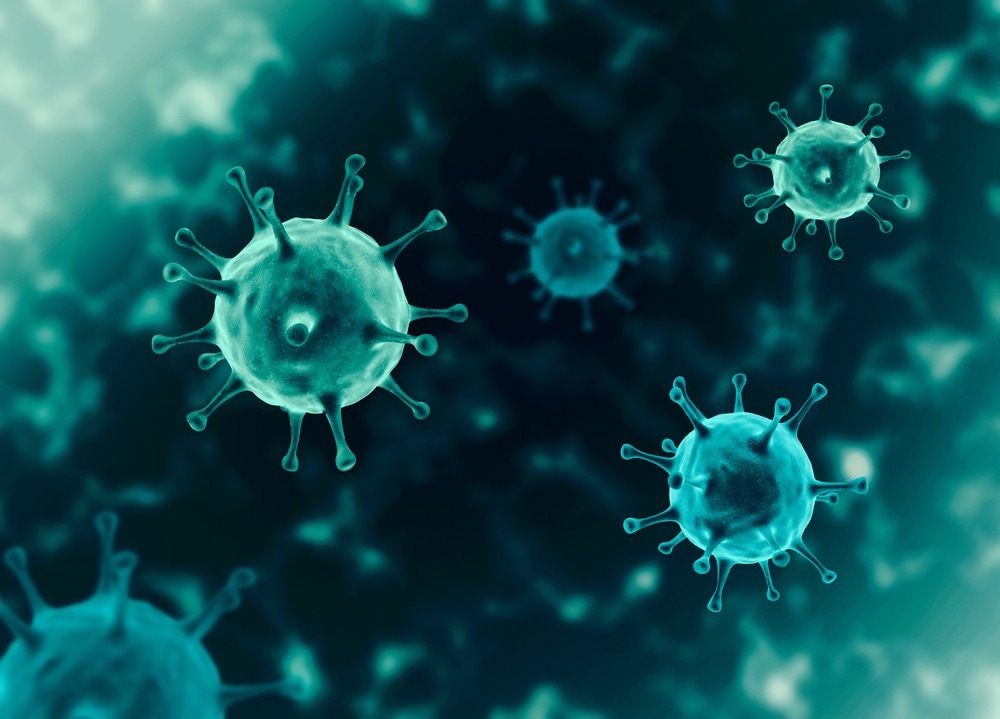 By Neha MathurReviewed by Danielle Ellis, B.Sc.Feb 21 2023
By Neha MathurReviewed by Danielle Ellis, B.Sc.Feb 21 2023In a recent study published in Nature Medicine, researchers studied the impact of comorbidities, i.e., the presence of pre-existing diseases, in the three distinct phases of coronavirus disease 2019 (COVID-19) - severe acute respiratory syndrome coronavirus 2 (SARS-CoV-2) replication phase, inflammatory lung injury, and post-acute sequelae of COVID-19 (PASC). In addition, they examined the effect of multimorbidity, i.e., the presence of two or more long-term diseases, in modifying COVID-19 severity and outcomes.
 Study: Comorbidities, multimorbidity and COVID-19. Image Credit: Nhemz/Shutterstock
Study: Comorbidities, multimorbidity and COVID-19. Image Credit: Nhemz/Shutterstock
Since multiple factors and patient-level variability also confound the influence of comorbidities on COVID-19 outcomes, the researchers also discussed if host genetics (besides the patient's age and gender) could help make these inferences in the absence of confounding factors.
Background
Though all are not apparent in all patients, COVID-19 manifests via several distinct pathological mechanisms. Thus, more research into the mechanisms of disease-state interactions could help stratify therapeutic approaches and improve COVID-19 outcomes in patients. These studies are also urgent because comorbidity and multimorbidity are growing public-health challenges, with 22% of the global population having at least one comorbidity that could heighten the risk of contracting COVID-19.
Establishing a causal relationship between comorbidities and COVID-19 outcomes besides confounding factors
Many large-scale observational studies have explored the biological mechanisms through which comorbidities make individuals prone to progress to severe COVID-19. However, distorted associations can arise due to study design, sampling, and results interpretations. Similarly, one's comorbidity status could determine the likelihood of SARS-CoV-2 exposure.
Nonetheless, comorbidities could predispose people to hospitalization and intensive-care unit (ICU) admission. Intriguingly, it could be due to nearly any acute illness, not just COVID-19. While clinicians understand this, it is almost impossible to quantify it in biological terms. For example, pulmonary fibrosis, quantified by an apparent reduction in lung function test, magnifies the proportional impact of a new insult (here, COVID-19). Likewise, malnourished, weak, and chronically ill people (without organ dysfunction) cannot tolerate a relatively minor physiological stressor.
There is evidence that common, severe comorbidities do not have substantially varying effects on the mortality risk. However, specific comorbidities (e.g., obesity) merit consideration in COVID-19 due to their mechanistic implications. Accordingly, Mendelian randomization studies have consistently found a correlation between obesity and critical COVID-19.
Impact of comorbidities during three COVID-19 phases - acute viral illness, inflammatory lung injury & PASC
The RECOVERY trial evaluating dexamethasone provided the most remarkable evidence of mechanistic differences between the acute illness and the inflammatory lung injury phases, two of the three COVID-19 phases discussed in this study.
Its results showed an overall benefit of dexamethasone treatment on hypoxic and nonhypoxic COVID-19 patients. However, subgroup analysis indicated that those who needed invasive ventilation showed lesser mortality than those who did not.
Another observation was that during the acute viral illness phase, the impact of most comorbidities was a generic consequence of weakness and dampened physiological reserve. Proceeding to the third COVID-19 phase, i.e., PASC, the researchers admitted that it remained unrecognized by the World Health Organization (WHO) for nearly two years since the beginning of the COVID-19 pandemic.
However, now data has accrued on how specific comorbidities result in the development of PASC. A recent study found that the incidence of PASC varied between 2.8% and 5.5% vs. 1.8% in people with and without comorbidities. Furthermore, studies have described a suite of specific new onset symptoms following acute COVID-19, defined as non-hospitalized and hospitalized cases and those requiring ICU.
A large study using the United States Department of Veterans Affairs data found that COVID-19 amplified the cardiovascular disease (CVD)-risk by 1.6 times, resulting in an extra burden of new CVDs in 45/1,000 people during the one-year follow-up.
Impact of multimorbidity on COVID-19 outcomes
One-third of the global adult population is estimated to have more than one pre-existing comorbidity, whereas the figure rises to over two-thirds in the elderly (>65 years). A large study on hospitalized COVID-19 patients in the United Kingdom found that rough mortality in patients with multimorbidity was twice that in those without multimorbidity after accounting for demographic factors. Likewise, the combination of diabetes and chronic kidney disease increased the risk of severe COVID-19.
Most intriguingly, multimorbidity could increase the risk through clinical interventions, which might reduce the likelihood of survival and impair the survivor's quality of life. Together, these findings necessitated that the clinical guidelines for COVID-19 management are customized per individual circumstances, especially when considering invasive treatments.
Conclusions
The current study highlighted several important aspects of the correlation between comorbidity, multimorbidity, and the incidence of COVID-19. First, this correlation is complex, but understanding its full complexity could help find mechanisms that result in poor COVID-19 outcomes. Second, some comorbidities, such as obesity, are modifiable.
Though challenging, it remains crucial to identify the causal relationships between comorbidities and COVID-19 outcomes from a scientific point of view, as it might uncover novel opportunities for therapeutic interventions.
Thus, researchers must continue concerted efforts to define the mechanistic aspects of this relationship, especially in the context of host genetics and laboratory research, concomitantly eliminating confounding in these relationships.
As SARS-CoV-2 continues to evolve, patterns of COVID-19 will continue to change. Thus, the effect of comorbidities and multimorbidity on its outcome should remain a research priority.